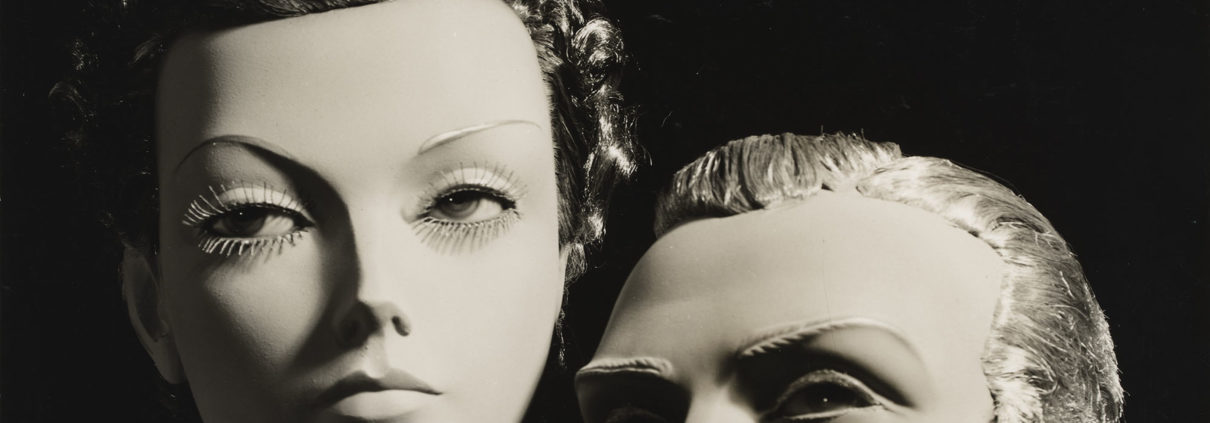Histoires de photographies
Collection du Musée des Arts Décoratifs
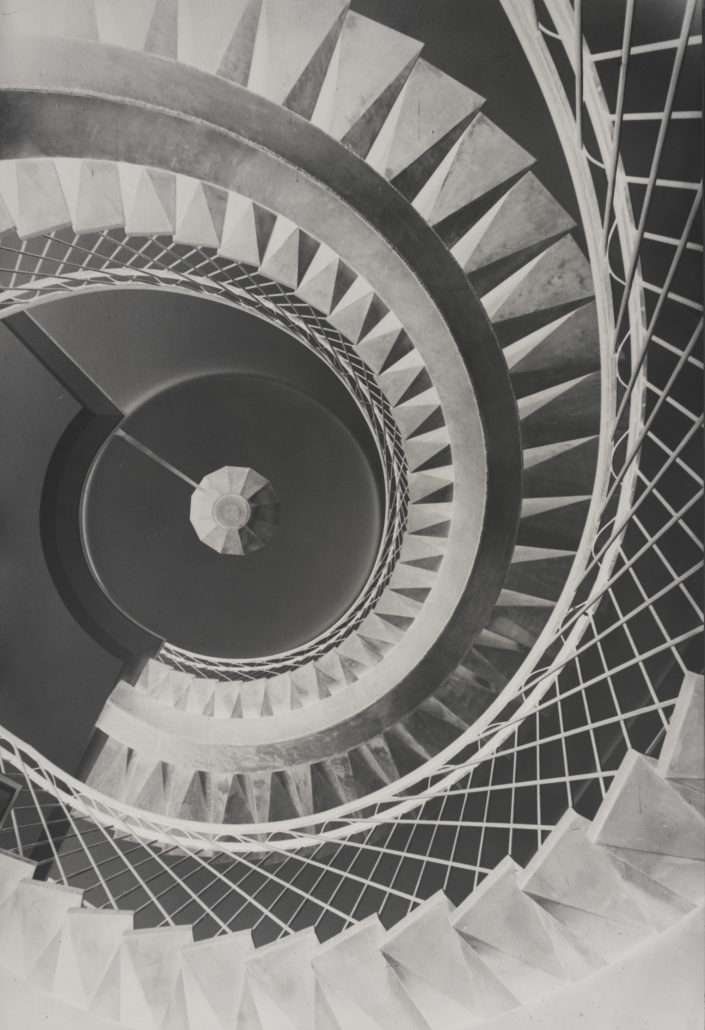
The Musée des Arts Décoratifs will unveil, from their own collections, the exhibition Photo Stories, an assemblage of almost never-seen photographs from the worlds of fashion, architecture, landscapes, interior design and advertising. These works, dating from 1840 to the present day, were selected from the exceptional collection of over 350,000 photographs held by the Musée des Arts Décoratifs in Paris.
Through 400 original prints and negatives, Photo Stories will retrace over a century and a half of photography. The exhibition will highlight works that have immortalized the genre, including those by renowned photographers such as Eugène Atget, Laure Albin Guillot, Dora Kallmus (known artistically as Madame d’Ora), Man Ray, Cecil Beaton, Robert Doisneau, Bettina Rheims and David Seidner.

Photo Stories will demonstrate, both chronologically and semantically, the many fields that photography has helped to shape, be they political, economic, legal, artistic or of a documentary nature. At the same time, the exhibition will accentuate the various junctions that exist between photography and the decorative arts. Moreover, it will shed new light on the role that the Musée des Arts Décoratifs has played in acknowledging and disseminating photography since its popularization as a legitimate artistic genre.

Since its founding in 1864, the Union centrale des beaux-arts appliqués à l’industrie, the precursor of the Musée des Arts Décoratifs, has envisaged photography as an applied art form for its capacity to educate and popularize, serving as a highly effective means of inspiring artisans and creators. In 1883, a photographic laboratory had already been installed on the premises and the Union centrale des beauxarts appliqués à l’industrie was able to produce its own photography. With this advancement, photographers were called upon to join the ranks of artists and artisans of the institution and to employ this novel art form as a tool for artists and creators. Over time, the Union Centrale and its Library, would secure innumerable photographs of works in their original environments by the likes of Pierre Chareau, Jacques-Emile Ruhlmann and Louis Sognot.
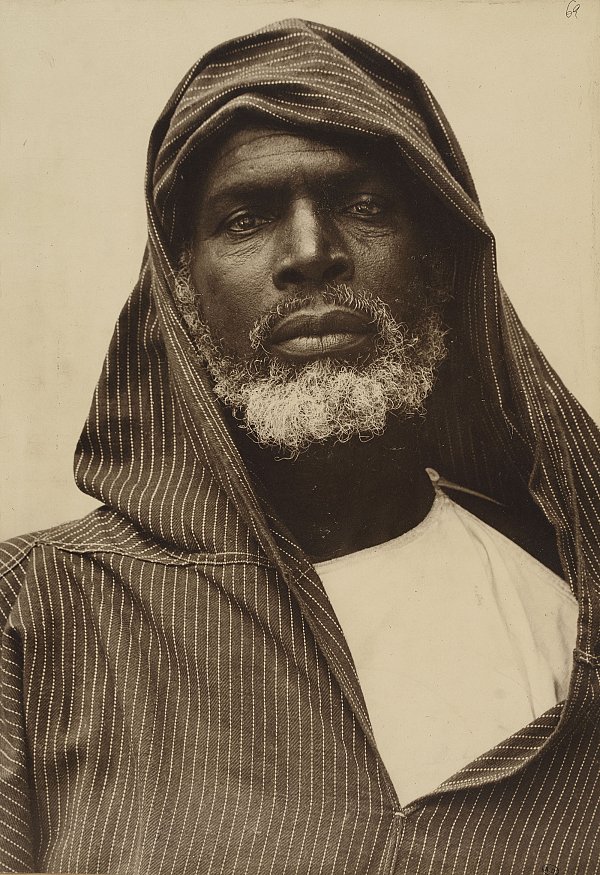
The 20th century brought with it photographic exhibitions at the Musée des Arts Décoratifs that nourished the national identity, including the 1916 Exposition de Photographies de Guerre (War Photographs Exhibition). In 1955, the Musée des Arts Décoratifs hosted a retrospective devoted to the photography of Henri Cartier-Bresson and in 1975, a retrospective dedicated to the photography of Jacques Henri Lartigue. Photo Stories will comprise six sections, showcasing the variety and depth of the photographic holdings of the Musée des Arts Décoratifs. The sections will include the quest for photographic models, views of countries, photography at the service of the heritage and commercial photography in advertising, the press and fashion.
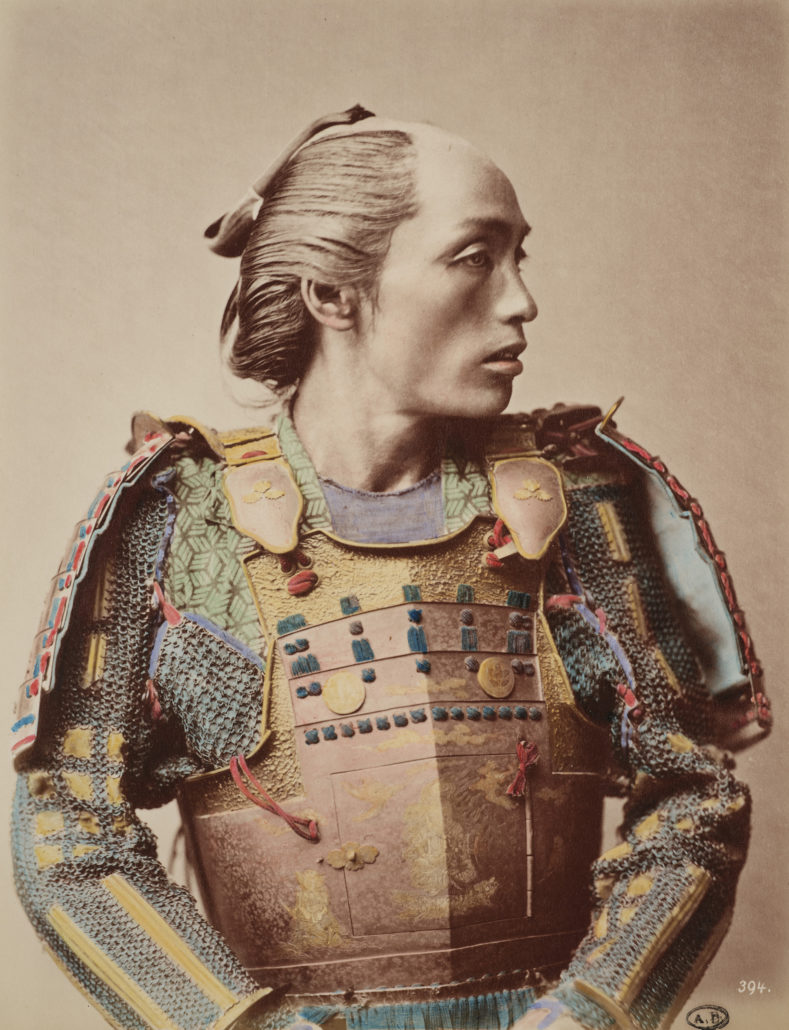
The exhibition begins with the mid-19th century photographs presented which will examine the pedagogical use of photography and underline the importance of photographs in providing artists and artisans with authentic representations of important historical works including still lifes, ornaments and figures. This new form of access to historical masterpieces thus thrust photography to the forefront of artistic education in the mid-19th century.
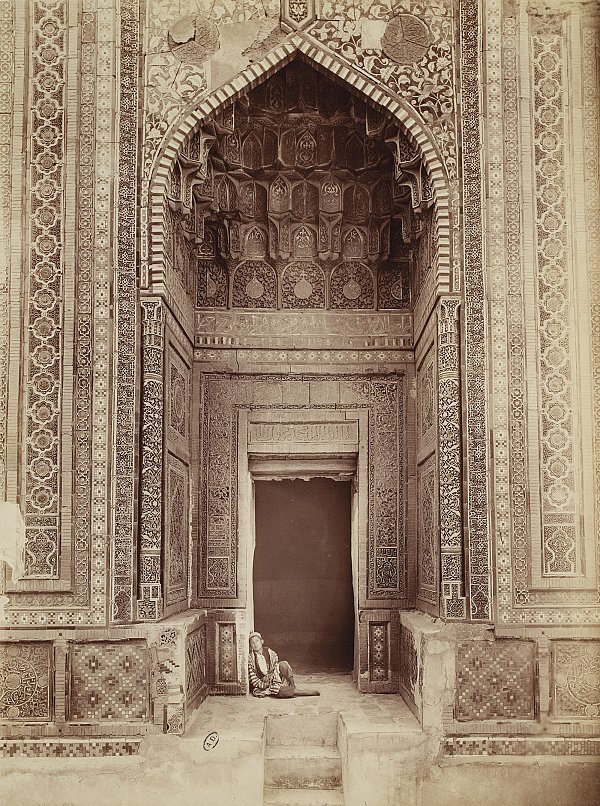
The late 19th century was a time of international exchange and movement. With the popularization of the Exposition Universelle (World’s Fairs), particularly that of 1867 in Paris, visitors were invited to explore the “World Elsewhere” which had often been overlooked, propelling photography forward as the most accessible means of discovery. The photographic clichés taken abroad ignited the imaginations of artists, decorators and collectors the world-over with photographs depicting colonial, ethnographic, touristic and personal scenes from South America to Asia, and across Europe the length of the Mediterranean. The photography also bears witness to the realities of days gone by and often serves as an important historical record of the condition and transformation of cultural heritage. Examples include works as seen through the lenses of Henri Le Secq and Edouard Baldus, the first-ever photographers to survey architecture in photographs.The late 19th century was a time of international exchange and movement. With the popularization of the Exposition Universelle (World’s Fairs), particularly that of 1867 in Paris, visitors were invited to explore the “World Elsewhere” which had often been overlooked, propelling photography forward as the most accessible means of discovery. The photographic clichés taken abroad ignited the imaginations of artists, decorators and collectors the world-over with photographs depicting colonial, ethnographic, touristic and personal scenes from South America to Asia, and across Europe the length of the Mediterranean. The photography also bears witness to the realities of days gone by and often serves as an important historical record of the condition and transformation of cultural heritage. Examples include works as seen through the lenses of Henri Le Secq and Edouard Baldus, the first-ever photographers to survey architecture in photographs.The late 19th century was a time of international exchange and movement. With the popularization of the Exposition Universelle (World’s Fairs), particularly that of 1867 in Paris, visitors were invited to explore the “World Elsewhere” which had often been overlooked, propelling photography forward as the most accessible means of discovery. The photographic clichés taken abroad ignited the imaginations of artists, decorators and collectors the world-over with photographs depicting colonial, ethnographic, touristic and personal scenes from South America to Asia, and across Europe the length of the Mediterranean. The photography also bears witness to the realities of days gone by and often serves as an important historical record of the condition and transformation of cultural heritage. Examples include works as seen through the lenses of Henri Le Secq and Edouard Baldus, the first-ever photographers to survey architecture in photographs.

The visitor then reaches the 1920’s and 1930’s, when photography first appeared in advertising.This section reveals how the rise of photographic modernism owes as much to photographers themselves as it does to graphic designers, editors and decorators, who brought photographic imagery into daily life. The Exposition Internationale des Arts Décoratifs et Industriels Modernes, for example, held in Paris in 1925, participated in the development of the photography and photographic editions market as photographs could be purchased on a large scale. At the same time, publications such as Art et Décoration, L’Architecture d’Aujourd’hui, then Connaissance des Arts increasingly focused on photographic illustration and often included the works of photographers Thérèse Bonney, Dora Kallmus and Jean Collas, spreading photography even further while leading to new tastes and interests.

It was also the ambition of the Union Française des Arts du Costume (UFAC), created in 1948 under the direction of Francois Boucher, to bring together a prestigious collection of fashion, textiles and fashion photography which would eventually be overseen by and entrusted to the Musée des Arts Décoratifs. The provision of the collections of the Union Française des Arts du Costume in 1981, and in particular, their extensive fashion and fashion photography holdings, became the foundation of the fashion collections of the Musée des Arts Décoratifs. This vast collection of fashion photography documents the evolution of Parisian haute couture, capturing works by the likes of Charles Frederick Worth, Madeleine Vionnet and Paul Poiret, visionary designers whose works were recently lauded in the exhibitions Harper’s Bazaar, First in Fashion and Drawings Without Reserve, both at the Musée des Arts Décoratifs.
Photo Stories, a central part of the 2021 exhibition calendar, allows visitors to discover the wealth and vastness of the photographic holdings of the Musée des Arts Décoratifs while revealing the intimate contours of this art form, its founding personalities and its most surprising and unexpected expressions.

